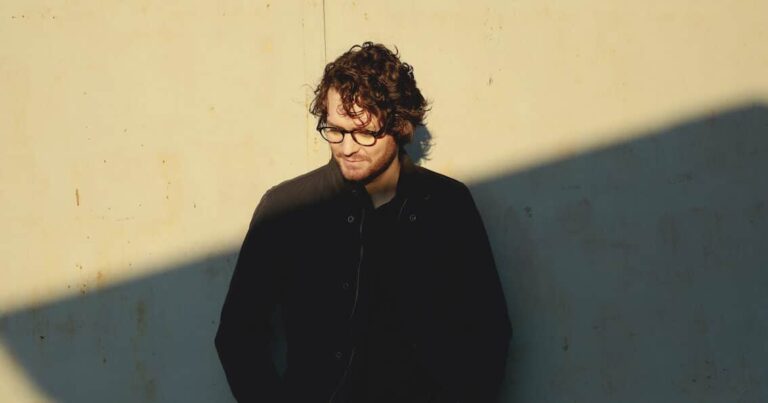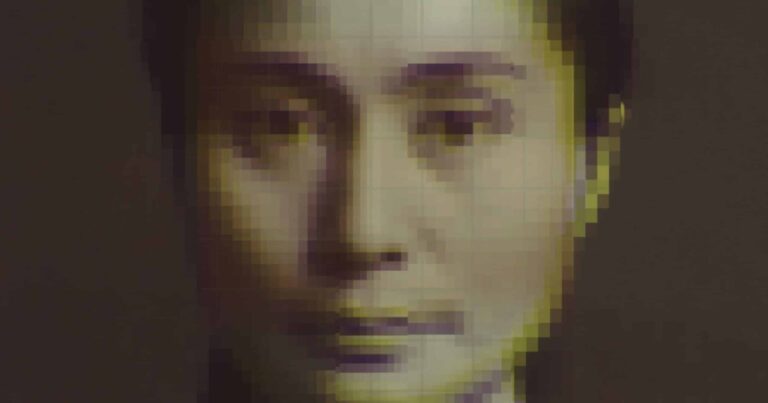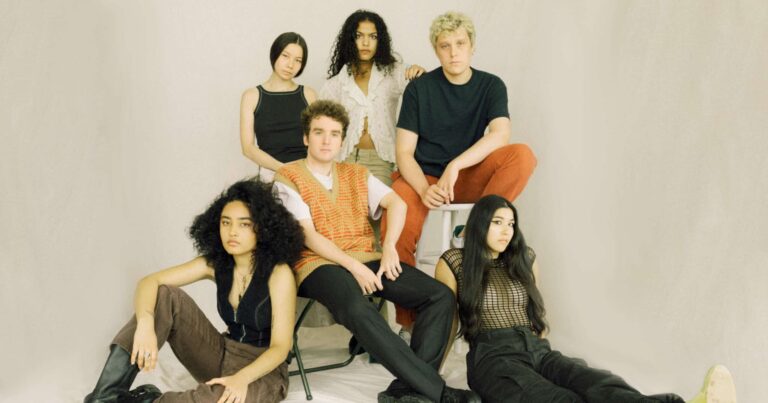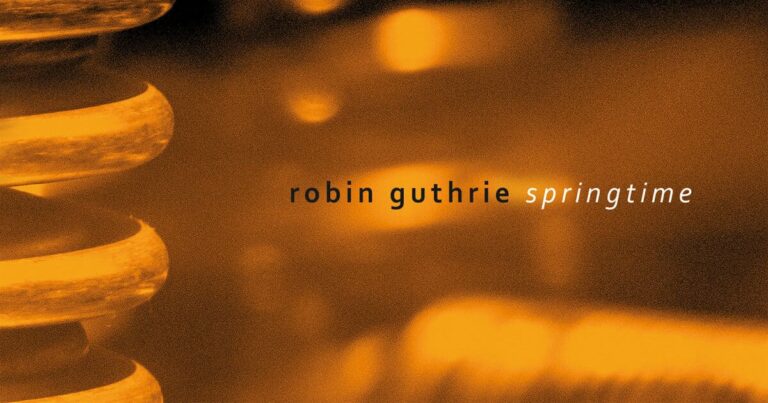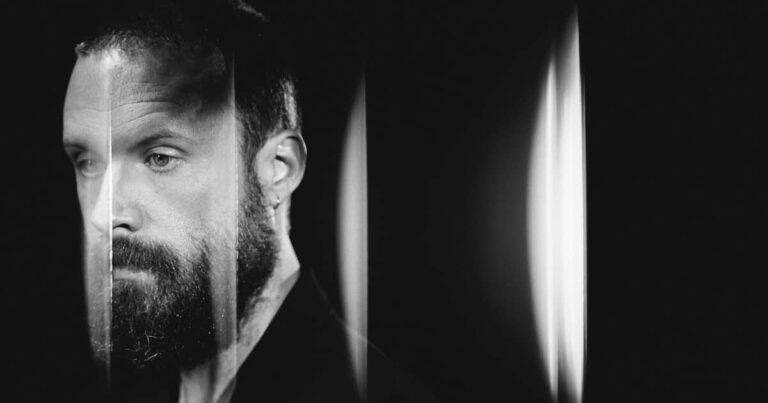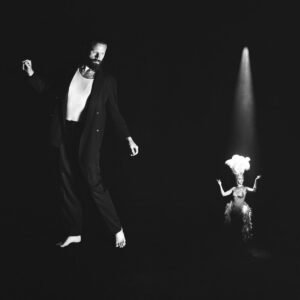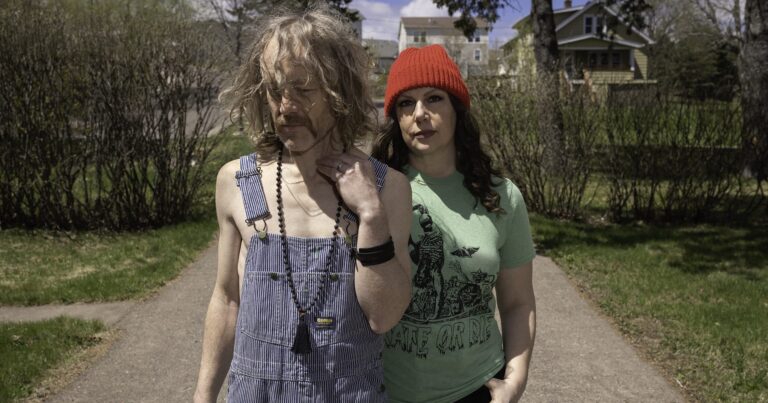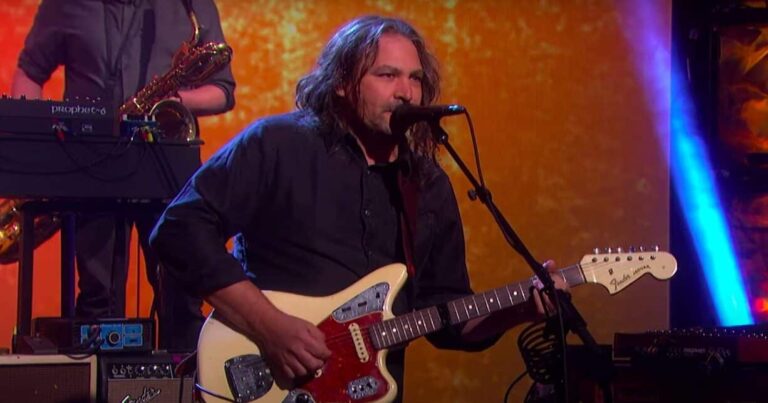Beirut has unveiled another previously unreleased track that will appear on the upcoming album Artifacts, which traces the project’s evolution and arrives on January 28 via frontman Zach Condon’s own Pompeii Records. ‘Fyodor Dormant’ follows previous offerings ‘So Slowly’ and ‘Fisher Island Sound’, and you can listen to it below.
“I don’t know if people who hear most of my music would know immediately how much I loved synthesizers as a teenager,” Condon explained in a press release. “I saw them as a welcome escape from the then electric-guitar-dominated music of the States and the UK, before I was exposed to the broader spectrum of music outside of these narrow walls. I still sneak synths in around the corners of most albums, sometimes heavily, sometimes subtly. I now have access to some beautiful and unique analog systems, but back then, I had a barely functioning, shared-by-the-whole-house PC with a pirated copy of fruity loops, and I wanted to make music that could make me get off the wall and move a little, at least in my imagination.”
He continued: “I was an often lonely and isolated teenager and rarely if ever found friends as obsessive and similar-minded about music as myself, so starting a band always ended up seeming more or less out of the question. This was my first experience being able to arrange for all parts with ease, and starting to craft sounds from simple wave shapes into something with character was an exciting endeavour that I still enjoy. It was on songs like this one that I started adding the acoustic instruments back into the mix, using a piano that was moved into the house that I fell in love with, and my dear companion the trumpet. It was from about this time at 16 years of age and on that I slowly began to shed the training wheels of the computer program and wander deeper and deeper into the unknown sonic territory of Farfisa organs, accordions and ukuleles.”
